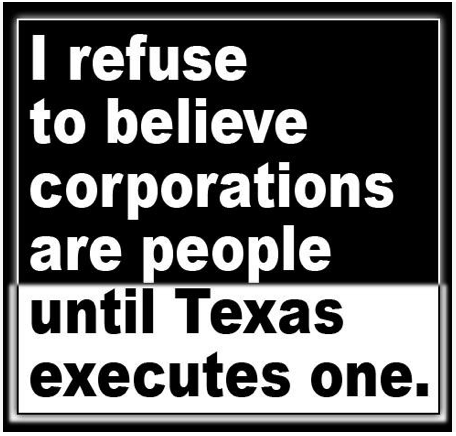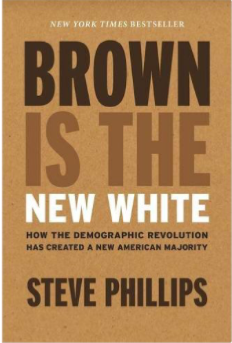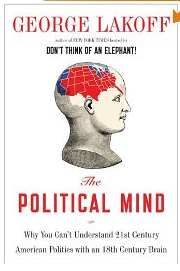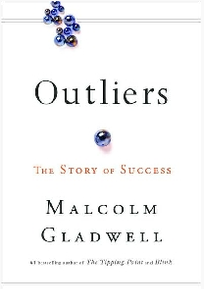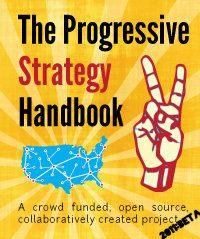I asked Proton’s Lumo AI tool about replacing authoritarian capitalism with democratic socialism.
Just as authoritarian capitalism replaced authoritarian feudalism, what would a democratic economic system that replaced authoritarian capitalism look like?
A democratic economic system that succeeds authoritarian capitalism would combine two core ideas.
- Economic power is broadly shared – ownership, decision-making, and the benefits of production are distributed across citizens rather than concentrated in a small elite or the state.
- Political authority is accountable, pluralistic, and constrained by rule of law – institutions are designed so that no single group can dominate the agenda, and citizens can meaningfully influence policy through free elections, deliberative bodies, and transparent governance.
Below are three concrete models that embody those principles. They differ in how much market activity they retain, how they organise production, and how they embed democratic control.
1. Democratic Socialism / Social Democracy (a “re-regulated market”)
Feature What it looks like Ownership Most large-scale industries (energy, transport, health, communications) are publicly owned or held in a sovereign wealth fund that is overseen by a democratically elected board. Small and medium-size firms remain privately owned but operate under strict antitrust, labor-rights, and environmental regulations. Decision-making Citizens elect representatives to a parliament that sets macro-policy (taxation, public investment, social safety nets). In addition, local councils and workplace committees have statutory rights to consult on matters that affect them (e.g., plant closures, wage floors). Market role Competitive markets exist for consumer goods and many services, but price signals are tempered by social objectives (e.g., caps on rent, progressive taxation, universal health care). Key institutions • A robust welfare state (universal health, education, childcare, unemployment insurance).• A universal basic income or negative-income tax to guarantee a floor of purchasing power.• Strong labor unions and co-determination boards that sit on corporate boards. Why it fits the brief: Power is diffused both politically (through free elections and local assemblies) and economically (through public ownership and co-determination). The system still leverages market efficiencies where they serve the public good, avoiding the central-planning pitfalls of earlier socialist experiments.
2. Participatory Economics (Parecon) – “Economy by the people, for the people”
Feature What it looks like Ownership All productive assets are collectively owned by the community. Production units are organized as self-managed worker and consumer councils. Decision-making Economic planning is done through iterative participatory budgeting: workers propose what they can produce, consumers propose what they need, and a computational platform aggregates preferences to allocate resources. Decisions are made by consensus or supermajority within each council, with coordination layers linking councils regionally and nationally. Market role There is no price-taking market. Instead, remuneration is based on effort and sacrifice, and allocation is guided by participatory planning. Exchange occurs via vouchers or a communal accounting system rather than profit-driven pricing. Key institutions • Federated councils (workers, consumers, neighborhoods).• A public information system that provides real-time data on resource availability and demand.• A “balanced job complex” that rotates tasks so that all members share both empowering and routine work. Why it fits the brief: Economic power is literally in the hands of every participant, and political structures are built around direct democratic deliberation. The model eliminates the hierarchical employer-employee relationship that characterises authoritarian capitalism.
3. Market-Based Democratic Capitalism (the “Democratic Market Economy”)
Feature What it looks like Ownership Private property remains the norm, but large corporations are required to issue democratic shares that grant voting rights to all employees and, in some jurisdictions, to a proportion of customers. Decision-making Corporate governance includes mandatory employee representation on boards (co-determination) and periodic shareholder votes that are weighted toward stakeholder groups rather than just capital owners. Nationally, a citizen assembly reviews major economic policies (e.g., tax reforms, subsidies) and issues binding recommendations to parliament. Market role Competitive markets function, but the state enforces strong anti-monopoly rules, progressive taxation, and public financing for essential services. A universal basic income guarantees a baseline of consumption, allowing people to choose jobs based on interest rather than survival. Key institutions • A “public-interest corporation” charter that obliges firms to publish social-impact reports and be audited for democratic compliance.• A national digital platform for participatory budgeting, letting citizens allocate a portion of the budget directly to projects. Why it fits the brief: This model retains the dynamism of markets while embedding democratic controls at both the corporate and national levels, ensuring that economic outcomes reflect the will of the broader populace rather than a narrow elite.
Common Threads Across the Models
- Institutionalized participation – Whether through elected boards, workplace councils, or citizen assemblies, citizens have formal channels to shape economic decisions.
- Redistributive mechanisms – Universal basic income, progressive taxes, or public ownership ensure that wealth generated by the economy is broadly shared.
- Regulatory safeguards – Antitrust, labor standards, and transparency rules prevent the re-emergence of concentrated power.
- Hybrid use of markets – Most proposals keep markets for efficiency but couple them with democratic oversight to align profit motives with public values.
Potential Challenges & Open Questions
- Scalability – Can participatory planning operate efficiently in a globalized supply chain?
- Transition – What legal and fiscal steps are needed to shift from authoritarian capitalist structures to democratic ones without destabilising the economy?
- Cultural readiness – Democratic economic institutions rely on a civic culture of deliberation and trust; how can societies cultivate these norms?
Where would you like to dive deeper?
- Designing a participatory budgeting platform – technical and governance considerations.
- Comparative case studies – existing economies (e.g., Nordic social democracies, German co-determination, Mondragon cooperative) that illustrate parts of these models.
- Policy roadmaps – concrete legislative steps a government could take today to move toward a more democratic economy.
Some nations have been more egalitarian and better at equally protecting and empowering their citizens. By examining mankind’s historical attempts at nation building, we can see how to “build a new model that makes the existing model[s] obsolete.”




